10 Foods That Were Just Better in the ’80s
A lot of foods just don’t taste like they used to in the 1980s. Fast-food fries lost some of their richness, cookies aren’t as crisp, and people have noticed the difference. Companies changed ingredients and processes, often to cut costs or meet new rules. Those small changes added up, and plenty of old favorites just don’t hit the same way anymore.
McDonald’s French Fries

Credit: flickr
Before 1990, McDonald’s cooked its fries in beef tallow. That rich, meaty flavor made them legendary. The switch to vegetable oil made the fries vegetarian-friendly, but it flattened the taste. Even with “natural beef flavor” added later, the original depth didn’t return. In fact, a 2004 New York Times report confirmed the flavor shift.
Oreo Cookies
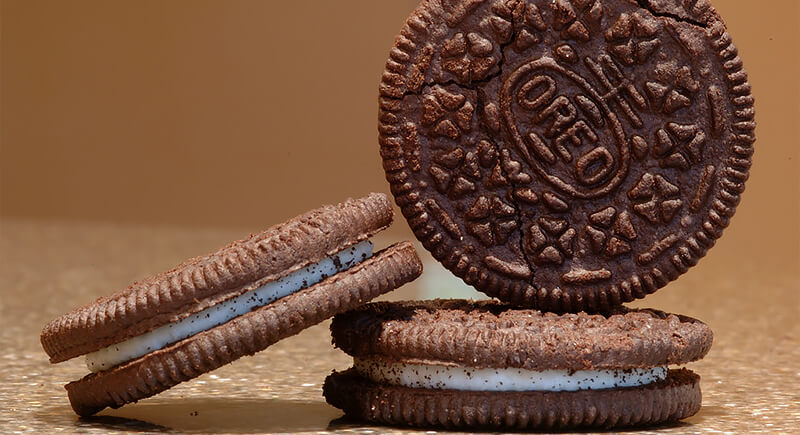
Credit: flickr
Oreos once delivered a satisfying crunch and smooth, less greasy filling. However, the early 2000s brought a big change: the removal of partially hydrogenated oils, aka trans fats. The FDA banned them completely in 2018, but Oreos had already adjusted years earlier. Since then, longtime fans have said that the texture has turned chalky and the flavor is less distinct.
Chicken (Store-Bought)

Credit: iStockphoto
In the ’80s, chicken tasted like, well, chicken. Modern birds are bred to grow faster and bigger, often at the cost of texture and flavor. Today’s poultry lacks sunlight, variety in diet, and time to mature, thus the chicken often tastes bland and watery. For a deeper flavor, heritage or pasture-raised birds are a pricey but more flavorful alternative to the supermarket standard.
Goldfish Crackers

Credit: Reddit
Pepperidge Farm changed the Goldfish recipe in 2004 by removing trans fats, which dulled the sharp cheddar punch and altered the crunch. Newer “Flavor Blasted” versions try to compensate, but fans of the classic 1980s formula say the original was more balanced and savory.
Kit Kat Bars
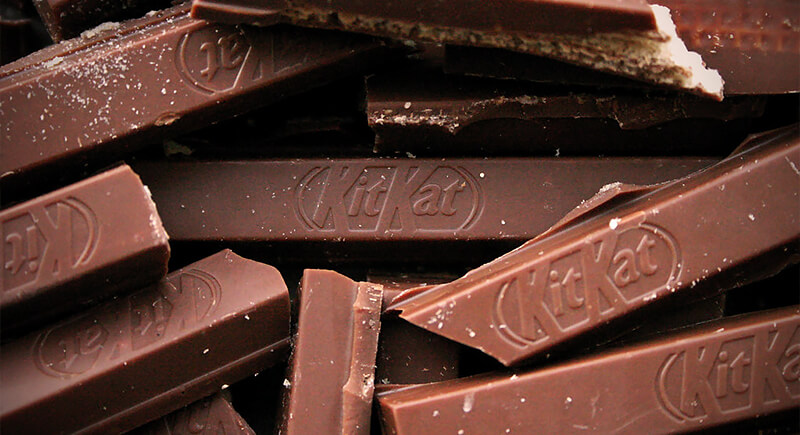
Credit: flickr
The chocolate in Kit Kats used to be less sugary, and the snap was more satisfying. Over the decades, the cocoa content decreased, and the wafers grew thinner. Even the packaging changed, from foil and paper to plastic wrap. That might seem small, but the tactile experience added charm.
Butterfinger
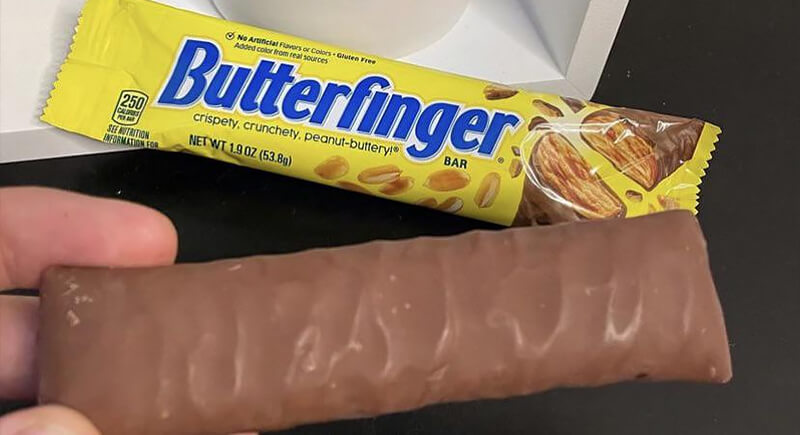
Credit: Reddit
Butterfinger fans noticed the shift well before the official recipe overhaul in 2019. The old-school bar had a clean, crisp texture that didn’t stick to your teeth, and the peanut flavor was subtler. Post-reformulation, many say the bar feels grainy, with a heavier, more artificial peanut taste. Even the Chicago Tribune reported a wave of negative feedback when the new version hit shelves.
Entenmann’s Coffeecakes
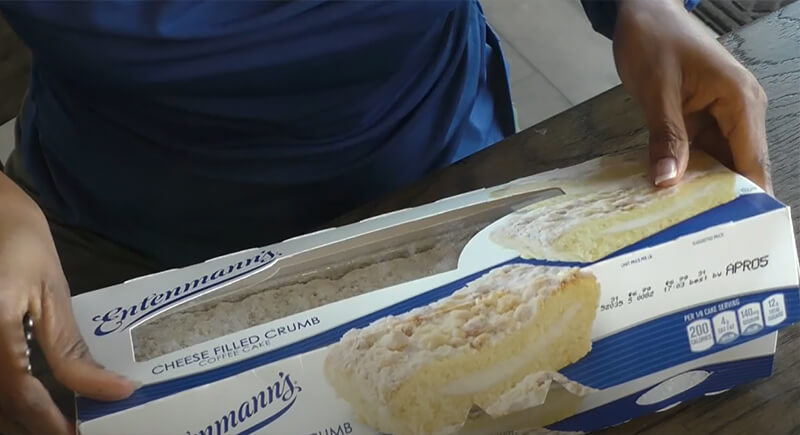
Credit: Youtube
Back in the day, opening a box of Entenmann’s coffeecake felt like slicing into something homemade. The texture was soft, and the crumb topping had real butter flavor. Over time, preservatives and reformulated ingredients changed that. The modern version is drier, with a slightly synthetic aftertaste.
Cinnamon Toast Crunch
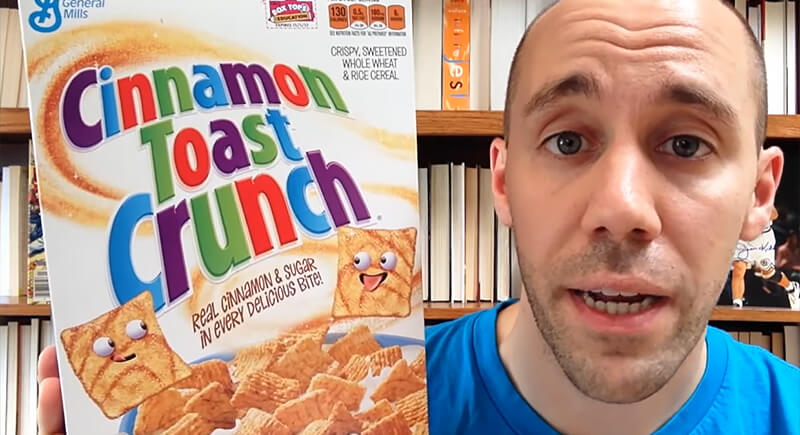
Credit: Youtube
Launched in 1984, Cinnamon Toast Crunch quickly became a breakfast favorite. However, in 2012, General Mills changed the recipe to include less sugar, less salt, and more whole grain. The difference was quite apparent in the duller flavor profile.
Pizza Hut Pan Pizza
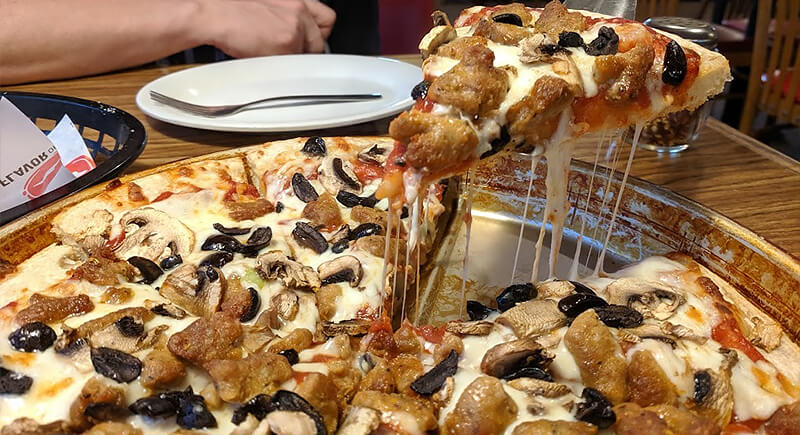
Credit: flickr
During its peak, Pizza Hut made pan pizza dough in-store daily and used whole milk mozzarella. That gave the crust fluffiness, the cheese stretchiness, and the sauce a fresher flavor. As operations automated and ingredients froze, those qualities diminished.
Reese’s Peanut Butter Cups

Credit: flickr
In the 1980s, Reese’s had a gritty, salty peanut butter filling that contrasted beautifully with the chocolate. Over the years, the filling got smoother and sweeter, which muted the flavor balance that made it iconic. Ingredient shifts and texture changes reshaped the overall taste.
Twinkies
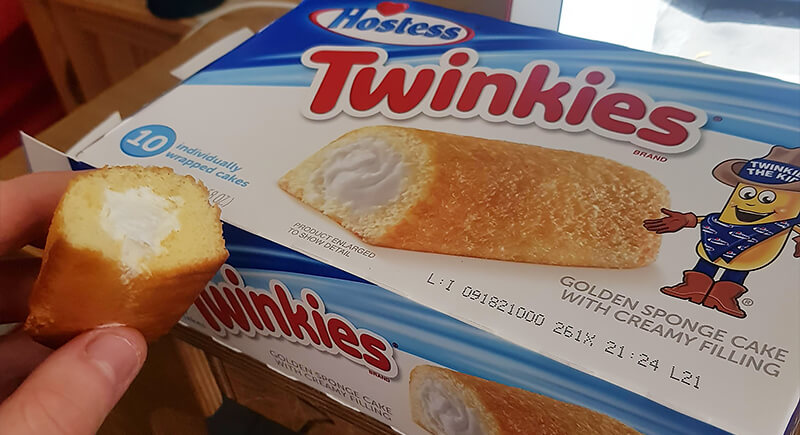
Credit: Reddit
Hostess shut down in 2012 and returned with a longer-shelf-life formula. Sure, they achieved their goal, but it also resulted in a slightly tougher sponge cake and a cream filling that tastes more synthetic.
Maple Syrup (Cheap Brands)
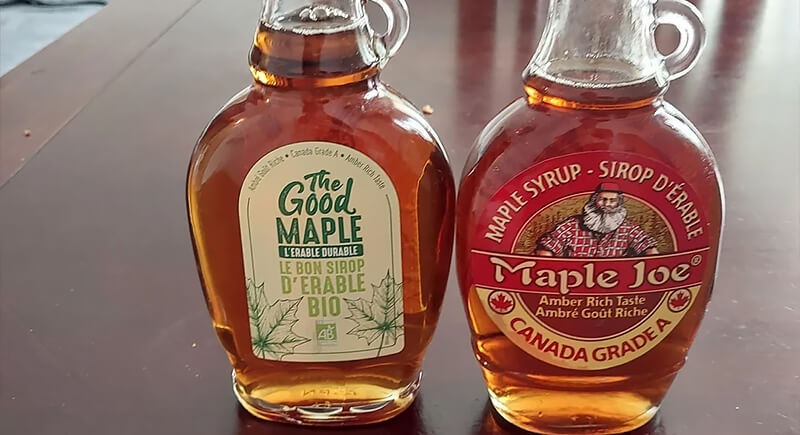
Credit: Reddit
Inexpensive syrups in the 1980s still used modest amounts of real maple extract. Today, most supermarket “syrup” is flavored corn syrup, often without a trace of real maple. Labels may say “pancake syrup,” but it’s just artificial flavoring with caramel color. Real maple syrup still exists—but it’ll cost you over $10 for a small bottle.
Chips Ahoy! Cookies

Credit: Reddit
Decades ago, Chips Ahoy! cookies tasted like they were homemade. The texture was softer in the center, and the chocolate had more bite. Over time, added preservatives and high-fructose corn syrup led to a crispier, overly sweet cookie.
Subway Meatball Sub
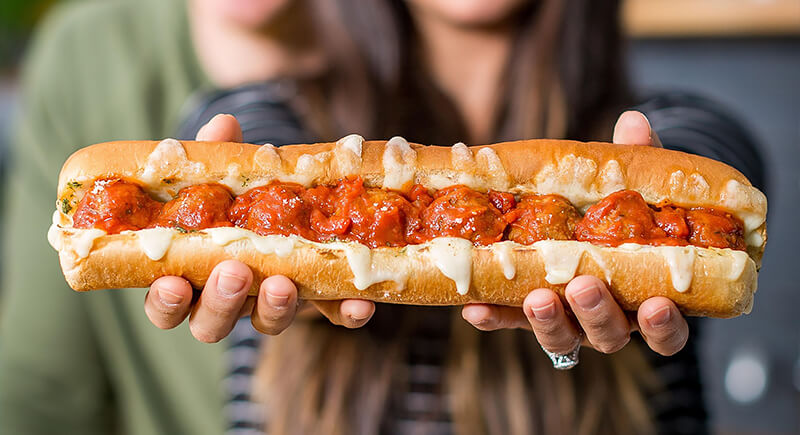
Credit: Facebook
Subway hasn’t officially admitted to changing its meatball sub recipe, but longtime customers swear something’s different. In the ’80s, the meatballs were firmer, the sauce had more kick, and the bread held its shape. Recently, the sandwich often arrives soggy, and the meat feels overly soft.
Coca-Cola
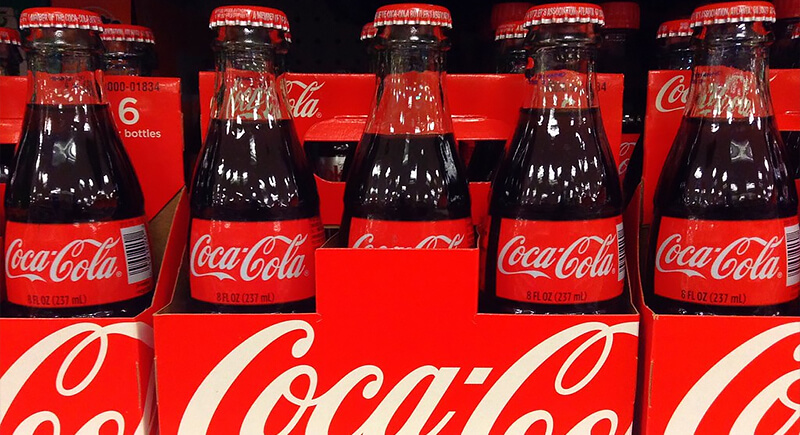
Credit: flickr
Coca-Cola made an impactful switch in 1985 by swapping cane sugar for high fructose corn syrup in the U.S. While the formula change was widespread, the taste shift didn’t go unnoticed. Cane sugar delivers a cleaner, less syrupy finish. That’s why many people now seek out Mexican Coke, which still uses real sugar.